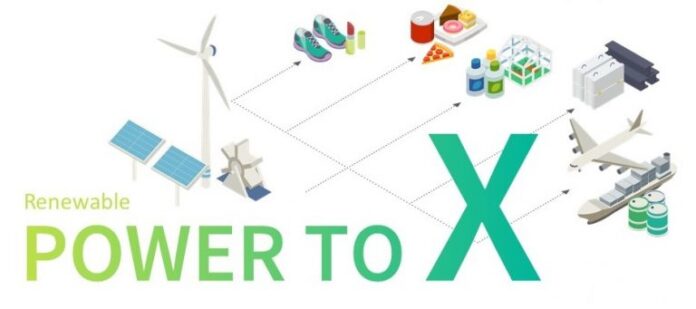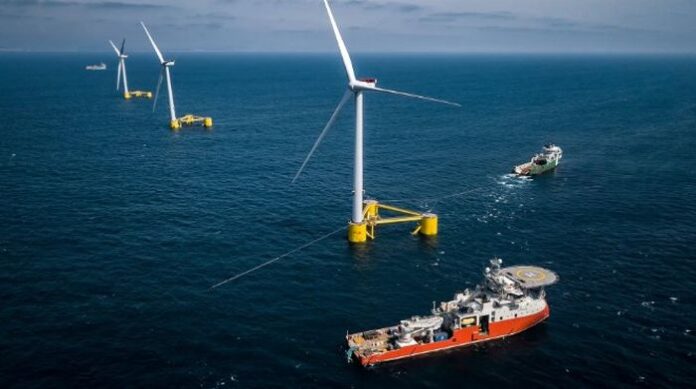Climate change is the deadliest threat that our planet has ever faced. If humanity is to survive and adapt to climate change, we’ll need all of the innovation that our technology sector can muster.

Fortunately, there are scientists and engineers who are currently working on a new generation of technologies to battle climate change. Much as seat belts reduced car crash deaths and waterproof electrical junction boxes made electrifying our homes and businesses safer, science hopes to create technologies that will produce a new, more secure and more sustainable normal. Check out Polycase.com for waterproof electrical junction boxes.
Here are 5 of the most promising technologies for the fight against climate change that are either in development or ready for deployment. Each takes a different angle in attacking climate change—which is good, because we’ll almost certainly need help from more than one direction in tackling this huge and multifaceted problem.
1. Power-to-X

Hydrogen power has long been a sort of Holy Grail for the clean power movement. Power-to-X is an exciting new set of technologies that stores energy through the separation of water into oxygen and hydrogen. The technology is complex, but essentially, the reason that it’s so exciting is that it solves multiple common problems with renewable energy.
One, it can be used to manufacture synthetic versions of fossil fuels like kerosene, which can’t always be replaced with electricity (as the fuel in a car can). And two, it’s able to capture excess energy generated by renewables, which, believe it or not, is actually often produced in surplus amounts that have to be discarded because of the difficulty of storing it.
P2X’s biggest problem is still the cost of the associated technologies, including renewables But its potential to replace carbon fuels and its excellent synergy with renewable energy make it an exciting candidate.
2. Floating Wind Power

Wind power is one of the cleanest and most effective green energy sources, but finding the right place for several square miles of massive wind turbines isn’t always easy. Plus, the windiest locations on land often aren’t easy to access or install turbines in. That’s why recent innovations in the science of ocean-based wind power are so exciting.
Floating wind power allows wind turbines to be placed offshore in the ocean, where they can take in plenty of wind without competing for real estate. And with new advances in floating wind tech, it’s becoming possible to place wind farms deeper in the ocean, where they won’t block shipping lanes (or scenic views).
3. Plant-Based and Lab-Grown Meat

Large-scale animal farming is a major contributor to climate change, but as the world population continues to grow, so will demand for high-quality protein sources. That’s why scientists are now hard at work on creating plant-based and lab-grown substitutes for popular meat products.
Plant-based meat substitutes have now fully arrived in major U.S. markets, with items like the Impossible Burger making high-profile debuts in many different restaurants. In fact, the market for plant-based meat substitutes is now worth $12.1 billion annually—so it’s safe to say that these foods are, if not quite a staple, at least a fixture in the grocery store for the foreseeable future.
The lab-grown meat industry hasn’t yet brought a product to market, but their innovators are hard at work to do so. Cultured meat has recently hit some important technological milestones, such as creating structures that can give lab-grown meat a similar feel and taste to real meat. The hurdle of overcoming humans’ revulsion to the concept may prove to be one of the trickiest, but the accelerating pace of climate change will hopefully prove to be all the motivation we need to make the switch.
4. Smart Cities

Around the world, people are flocking to urban centers, and UN analysts predict that 68 percent of the global population will live in cities by 2050. That means that it’s critically important to create more sustainable cities with smaller carbon footprints, and smart cities are one of the most important and promising technologies that could bring greener urban landscapes to our world.
So, what makes a city “smart”? The same thing that makes a home smart: the integration of technology. In a smart city, traffic lights might be regulated by an algorithm that helps reduce pollution and accidents. Vegetation planting could be guided by computer models developed by ecologists, and IoT devices can monitor key data parameters and guide decisions in real time.
If smart city tech is to be implemented widely, it’ll need municipal digital infrastructure that’s up to the task. Fiber optic networks are a big priority for cities that want to gain smart capacities, and the current rollout of 5G also offers a lot of potential for creating the requisite next-gen networks.
5. Next-Gen Batteries

The rise of lithium-ion batteries created a revolution in green technology by making hybrid and electric cars a reality. But the current lithium-ion technology is starting to show its age, and persistent problems, such as battery life, storage capacity and safety concerns, have never gotten a satisfactory solution.
In an attempt to address these problems, there’s a whole new generation of battery technologies under development right now. Zinc-air batteries are admired for their easily available materials, while lithium-sulfur batteries are a successor to lithium-ion batteries that offer superior energy output at a lower density. However, many scientists still believe that lithium-ion batteries will continue to dominate, thanks to their uniquely attractive qualities.
There’s no shortage of companies trying to build the next great battery, so hopefully a breakthrough will come soon. Until then, electric and hybrid cars will continue to soar in popularity, but may have difficulty achieving true ubiquity. And the more ambitious goal of battery technology—a battery that can power an airplane—remains, as of yet, a distant dream.
It’s a race against time to prevent climate change from devastating our world, and technology is the best ally we have on our side. By devoting resources to these potentially game-changing technologies, we’re making the best investment of all time: a green and inhabitable future for our planet.









